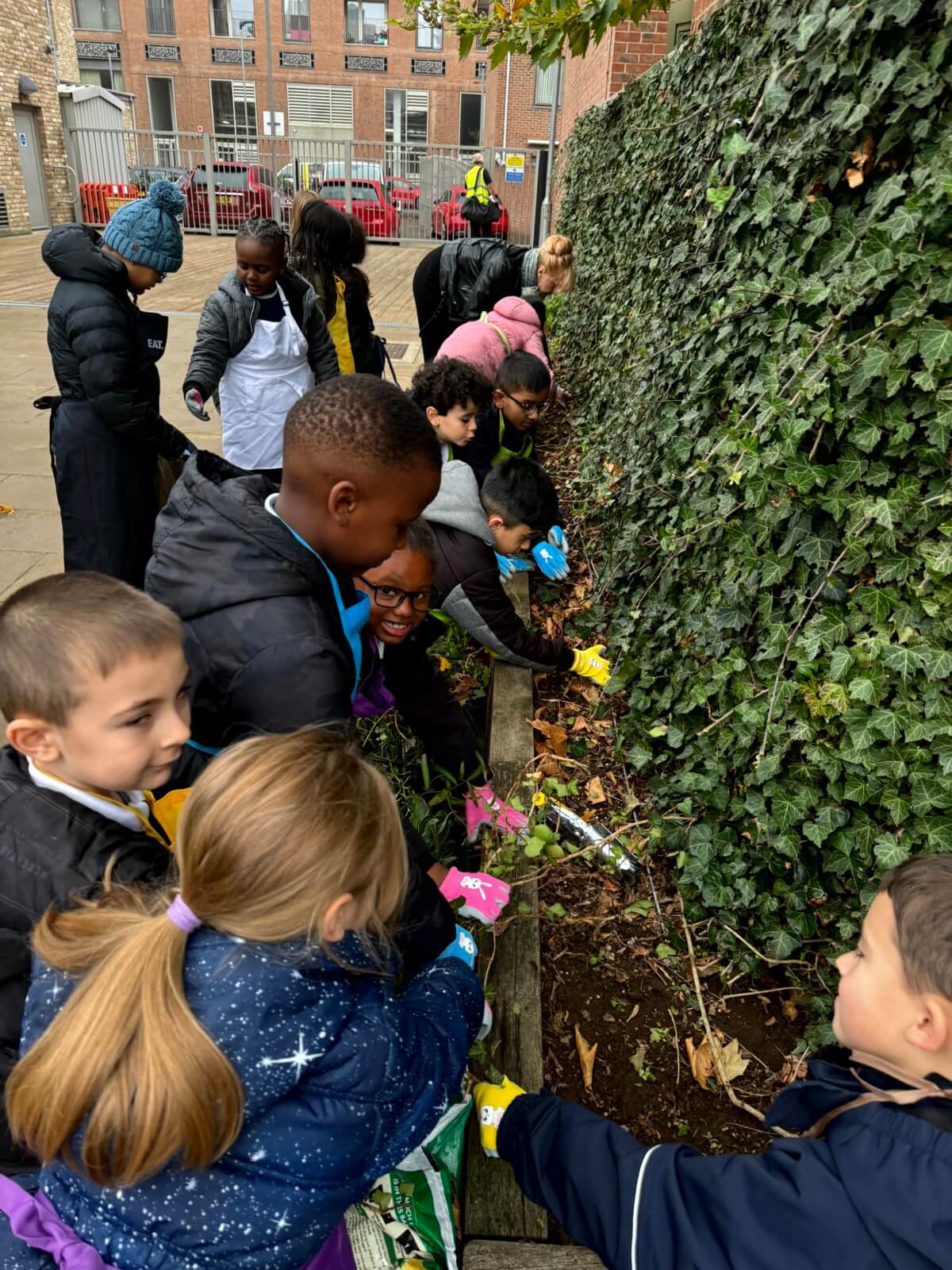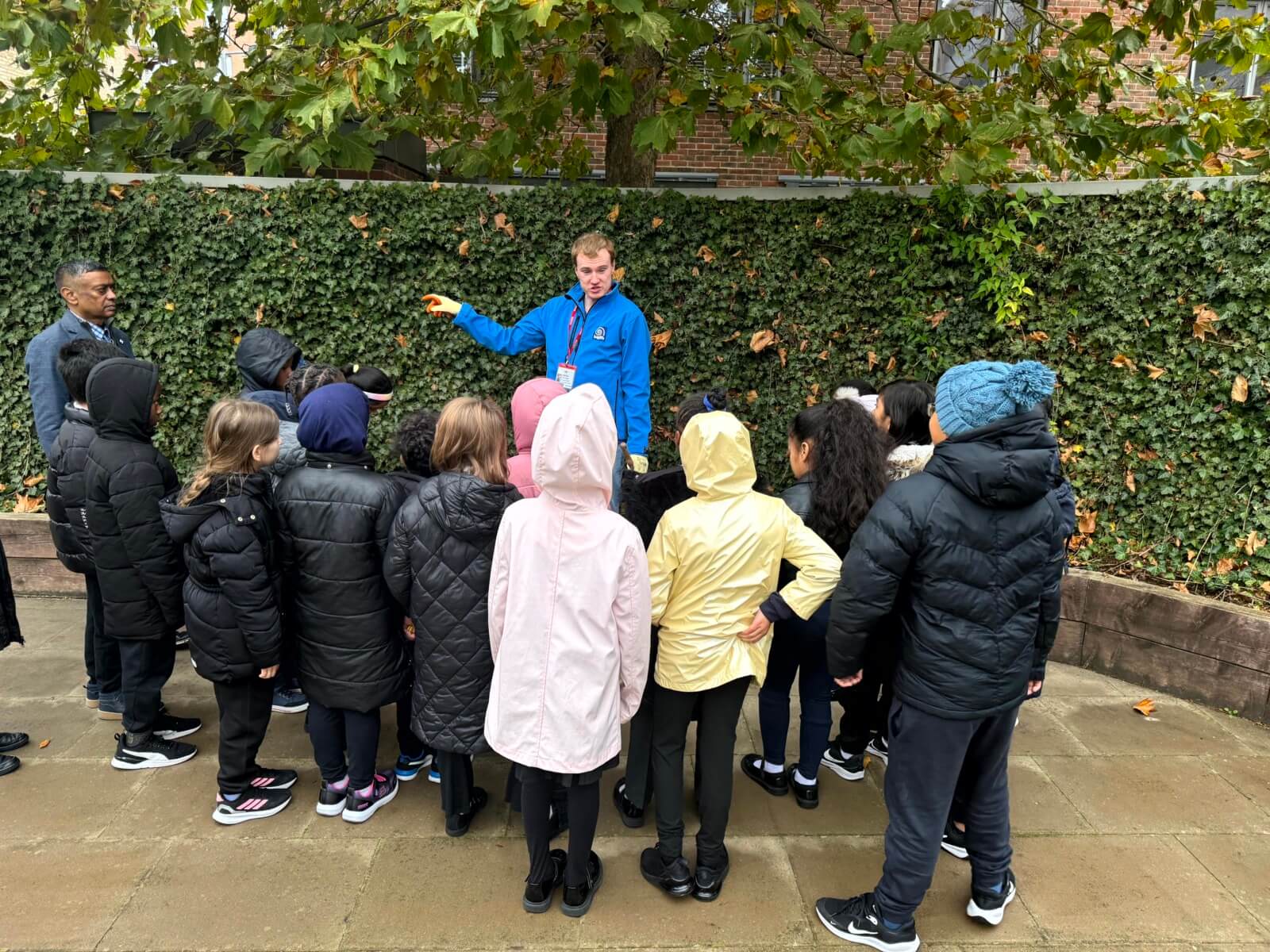Bumblebees
Buff-tailed bumblebee: Bombus terrestris

These are the giants of the bumblebee world, and the whole species is named after the buff colour of their queen’s tail. They can be found in the UK’s lowlands, nesting underground in very large groups. These insects are very fond of nectar, and if they can’t easily reach it with their tongues, they will bite a hole in the flower to suck it out.
Common Carder Bee: Bombus Pascuorum

This relatively small ginger-coloured bumblebee is widespread throughout the UK, in habitats including farms, woods and gardens. Carder bees have very long tongues and feed on heather, clover and lavender. They often nest in old mouse runs and disused birds’ nests.
Red-tailed Bumblebee: Bombus Lapidarius

This is an abundant species of bumblebee that is found all over the UK. This social bee nests in disused burrows, under stones or at the base of old dry stone walls. Both males and females have the eponymous red tails as well as velvety black bodies and transparent wings.
Shrill Carder Bee: Bombus Sylvarum


The shrill carder bee is one one of the rarest bumblebees in the UK, and is only found in a handful of locations, including the Newport Wetlands in South Wales. This bee has a distinctly high-pitched buzz, which is why it got the moniker “shrill”. Carder bees have very long tongues which they stick into flowers so that they can suck nectar.
Brown-banded Carder Bee: Bombus Humilis


The brown-banded carder bee is a bumblebee that favours heaths and dry, open grasslands. It has a chestnut-coloured thorax and strawberry-blond abdomen, but there are a few black hairs at the base of its wings. Populations have declined because of habitat loss, but this bee can be found in clusters in north Cornwall and Newport in South Wales, for example.
Honeybee and Solitary Bees
Honeybee: Apis Mellifera

Honeybees have six legs, four wings and five eyes. They use the Sun, and possibly the Earth’s magnetic fields, to navigate, and they can fly at speeds of up to 20mph when in search of food. At the height of summer there are around 40,000 honeybees in each hive, and that number drops to around 5,000 in the winter.
Tawny Mining Bee: Andrena Fulva

These furry, ginger bees are commonly found in parks and gardens across southern Britain during April and May. They feed from a wide variety of plants including dandelions, buttercups, willows and fruit trees. Tawny mining bees often make their nests in lawns and flowerbeds or in orchards where they can be close to apple, pear and cherry blossom for example.
Red Mason: Osmia Rufa

Also known as the red mason bee, this insect can be found in cities, towns and villages across Britain and Europe. Females make their homes and lay their eggs in wall cavities, under roof tiles and even inside keyholes, lining their nests with mud. These bees are excellent pollinators, particularly of apple trees.
Hoverflies and other Flies
Marmalade Hoverfly: Episyrphus Balteatus

The marmalade hoverfly is so-called because it is orange with black stripes that are thin or “thick cut” just like the popular preserve! It is Britain’s most common hoverfly and can be seen in parks, gardens, hedgerows and woods. They are present all year round, but numbers are often much higher in the summer when marmalade hoverflies migrate to the UK from abroad.
Drone Fly: Eristalis Tenax

This insect’s patchy brown and orange body makes it look a lot like the male honeybee, which is a very effective way to keep it safe from predators. Drone flies also copy honeybee flight patterns as they move around in search of nectar. Their larvae, nicknamed “rat-tailed maggots”, feed on rotting organic material in stagnant water.
Pellucid Hoverfly: Volucella Pellucens

This large black fly has a white stripe on its body and black spots on its transparent wings. It can be found throughout most of Britain and Ireland, and is often seen feasting on bramble flowers in hedgerows or on the edge of woodland. The larvae develop in wasp nests where they feed on detritus wasp grubs.
Large Narcissus Fly: Merodon Equestris

This medium-sized hoverfly looks very much like a bumblebee, which provides great protection against predators. This insect loves warm, sunny spots full of flowers, like gardens in the summer. Females lay their eggs on the leaves of bulbous plants such as bluebells and daffodils, and the larvae then burrow into the bulbs, feeding on them and causing some damage.
Beetles
Soldier Beetle: Cantharis Rustica

The soldier beetle makes its home in open woodland or anywhere where there is tall grass. These carnivorous predators are common throughout England and Wales, where they can be seen from May to July. The adults prefer to hunt for food on flowers, while their larvae live on the ground, feeding on a range of other creatures.
7-spot Ladybird: Coccinella Septempunctata

These ladybirds are easy to identify because, just as you might expect, they have a pattern of seven black spots on their red wing cases. They are our most common ladybirds, found in parks and gardens throughout the UK. Ladybirds use their bright colours to warn predators that they won’t taste good, but it doesn’t always work!
Rose Chafer: Cetonia Aurata

These beetles have distinctive green and purple-bronze iridescent bodies, making them easy to identify. They love crawling on flowers on sunny days, when they shimmer in the light and look even more striking. Their favourite source of food, as the name indicates, is the rose, and the dog rose in particular.
Flower Beetle: Oedeomera Nobilis

This beetle is so-called because the male of the species has large green bulges on its hind thighs, whereas the female does not. It used to be quite rare, but is now a very abundant species throughout the UK. You should be able to spot the adults without too much difficulty, as they like to feed on open flowers like daisies
Butterflies and Moths
Peacock Butterfly: Inachis Io

This common British butterfly gets its name from the large spots on its wings, which are reminiscent of peacock feathers. These markings help to scare off predators in the woods, gardens and parks where they live. They hibernate in winter, folding up their wings to show the dull undersides so that they can blend in with their surroundings while they sleep.
6-spot Burnet: Zygaena Filipendulae

You are most likely to spot this medium-sized moth flying around in the daytime between June and August. It has six red spots on each of its glossy black forewings. If attacked, the burnet moth will release cyanide, so the spots serve as a warning to predators that this species is poisonous.
Red Admiral: Vanessa Atalanta

These large red, white and black butterflies have very powerful wings. Most of the magnificent red admirals that we see in the UK start off in North Africa and migrate north, arriving here from late March onwards and staying until autumn. Male red admirals court their females for several hours before they begin mating.
Holly Blue: Celastrina Argiolus

This stunning, vibrant, blue butterfly can be seen across most of the UK, but is most common in England and Wales. Caterpillars feed on holly and ivy buds, digging into them and eating what is inside. Holly blues are very popular in Finland, where they have been elevated to the status of national butterfly!
Small Tortoiseshell Butterfly: Aglais Urticae

The small tortoiseshell is one of the UK’s most common and beloved butterfly species. Females lay their eggs on stinging nettles, before caterpillars hatch around ten days later. When courting, the males beat their antennae on the females’ hindwings.
Wasps
Common Wasp: Vespula Vulgaris

Anyone who has ever tried to have a summer picnic will be familiar with this yellow and black striped insect which can be found all over the UK. Queens first come out of hibernation at the very start of spring and start to look for suitable nesting sites in a range of habitats. Wasps will try to eat anything sweet, and although we might think of them as pests, they are useful pollinators.
Ruby-tailed Wasp: Chrysis Ignita

Ruby-tailed wasps are often called “cuckoo wasps” because they lay their eggs in other insects’ nests. Shiny and turquoise with a rich red abdomen, they are strikingly beautiful in appearance. Ruby-tailed wasps have a sting, but don’t tend to use it.
Mason Wasp: Ancistrocerus Parietum

This wasp is native to Europe and North America and gets its name because it likes to build its nests in walls. Mason wasps have black bodies with yellow stripes and narrow waists. Female mason wasps are slightly larger than males, and can control the gender of their offspring.
Red Wasp: Vespula Rufa

This wasp is so-called because it has reddish-brown markings on its body. Red wasps make their nests in tree stumps, using leaf litter and soil. Badgers often destroy the nests, eating them along with the wasps, as their thick hair and skin protects them from being stung.



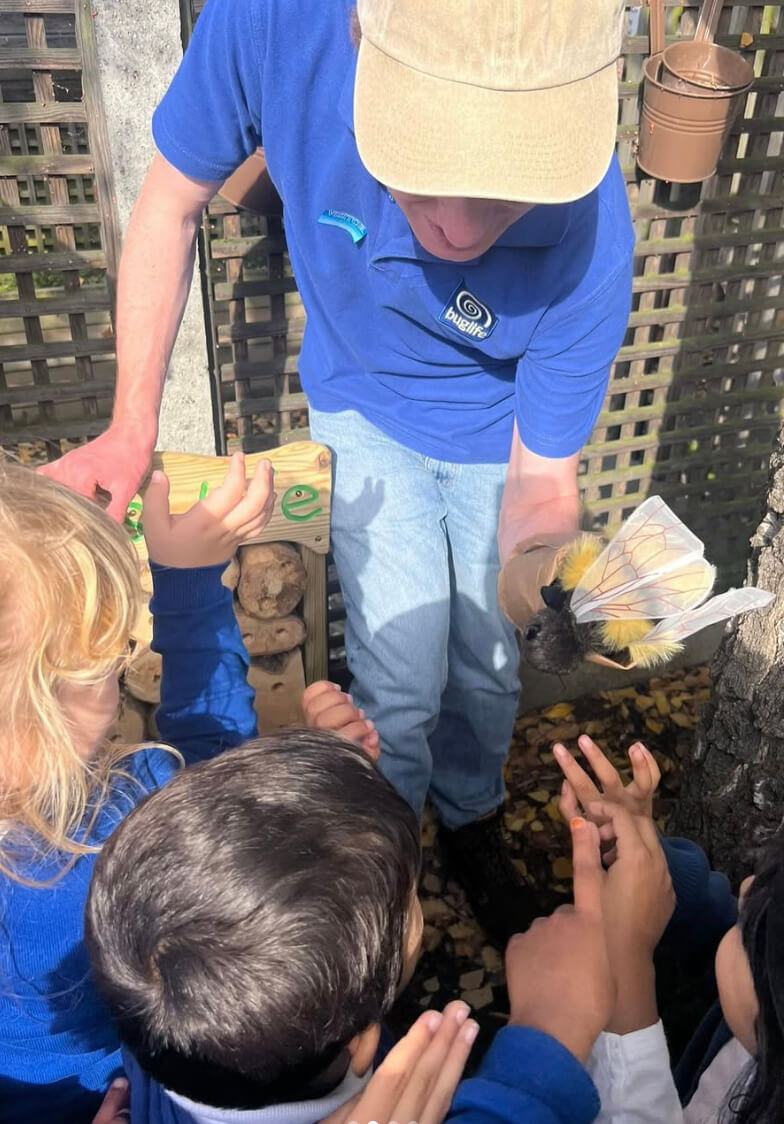
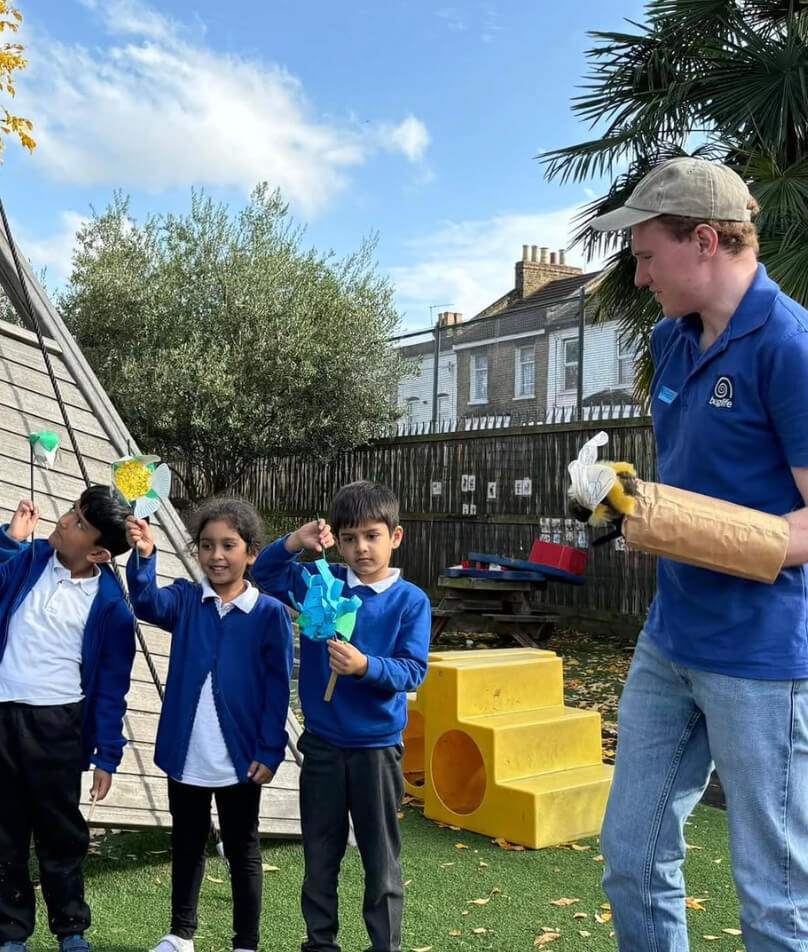
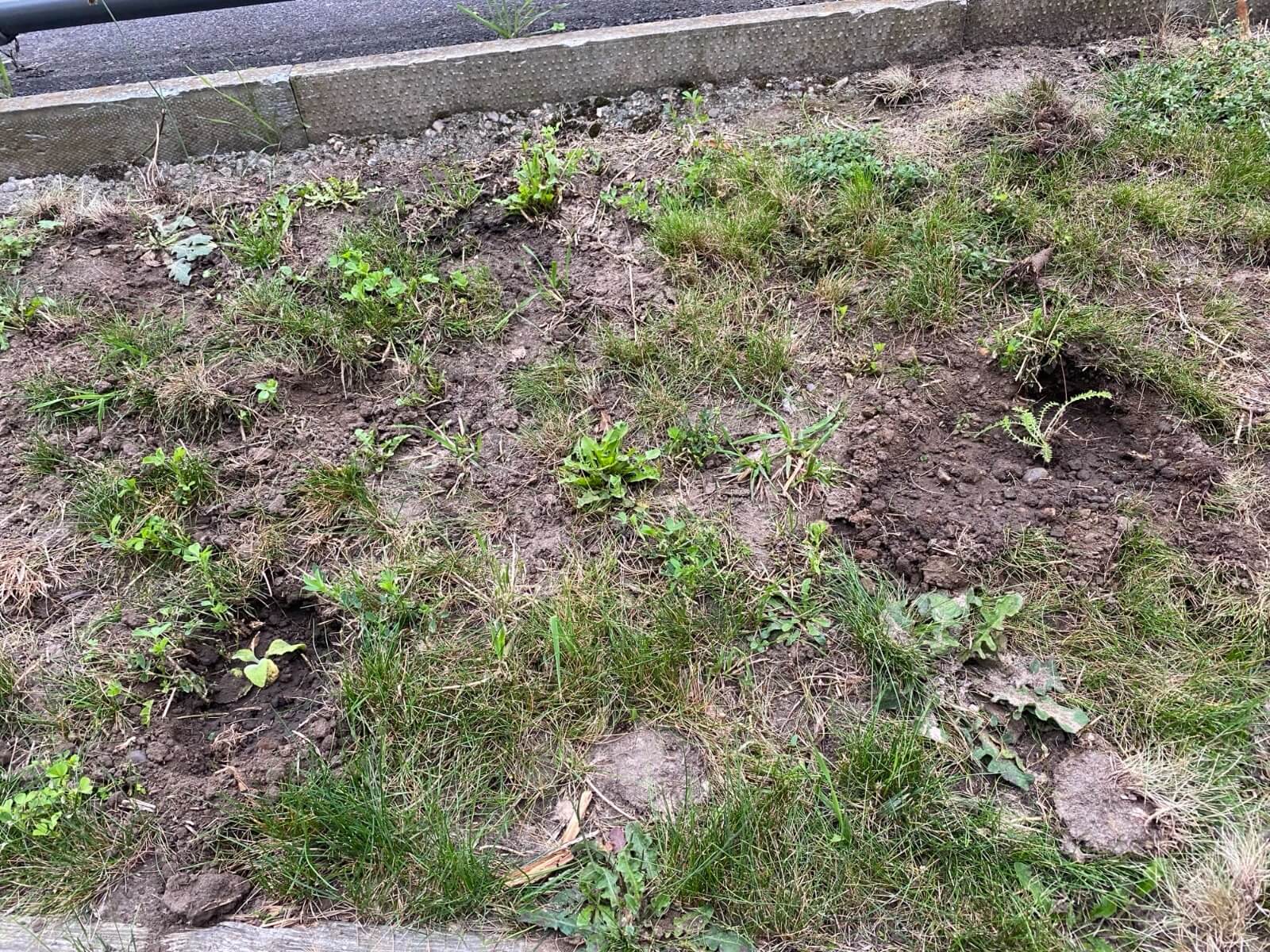
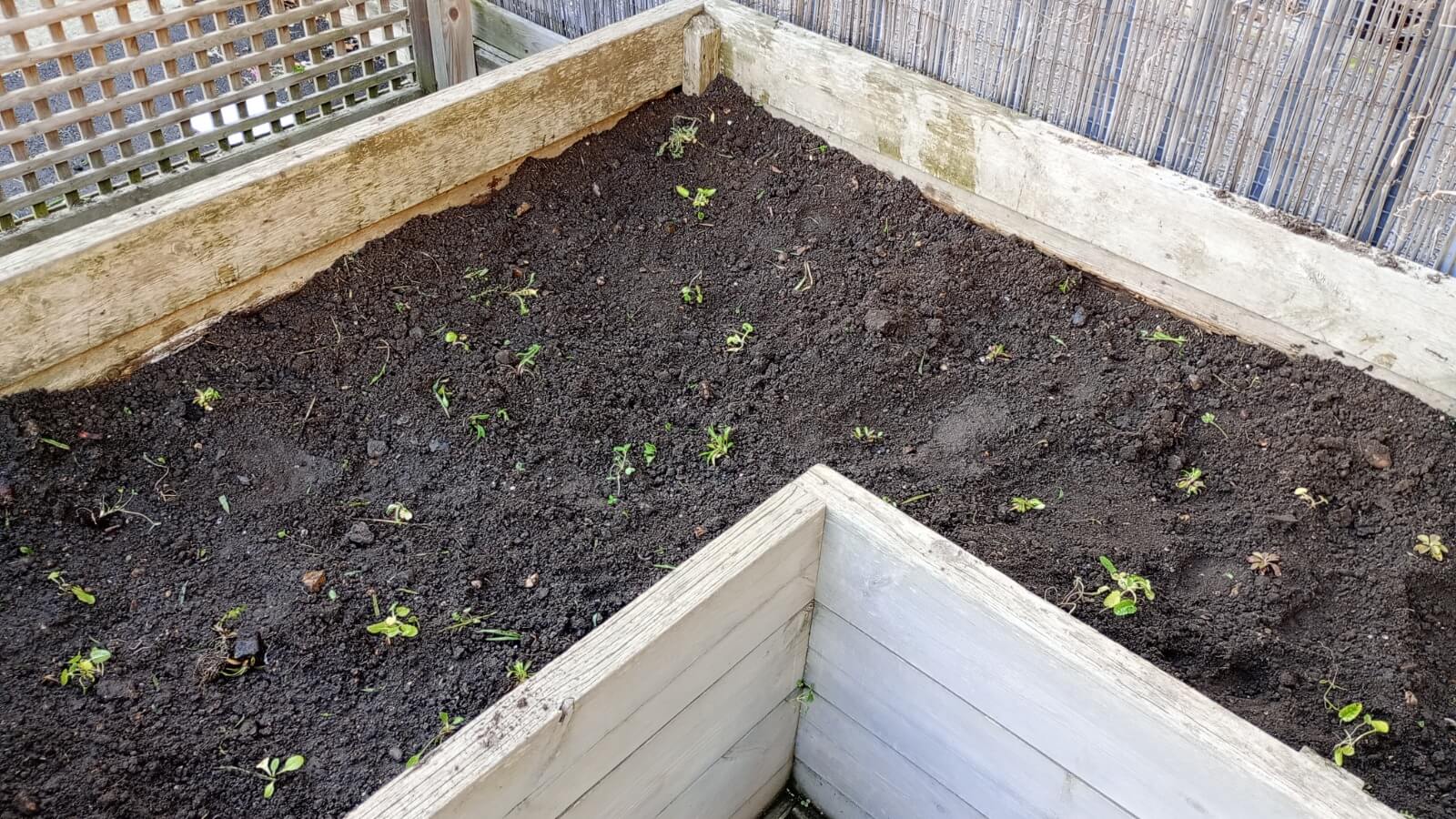
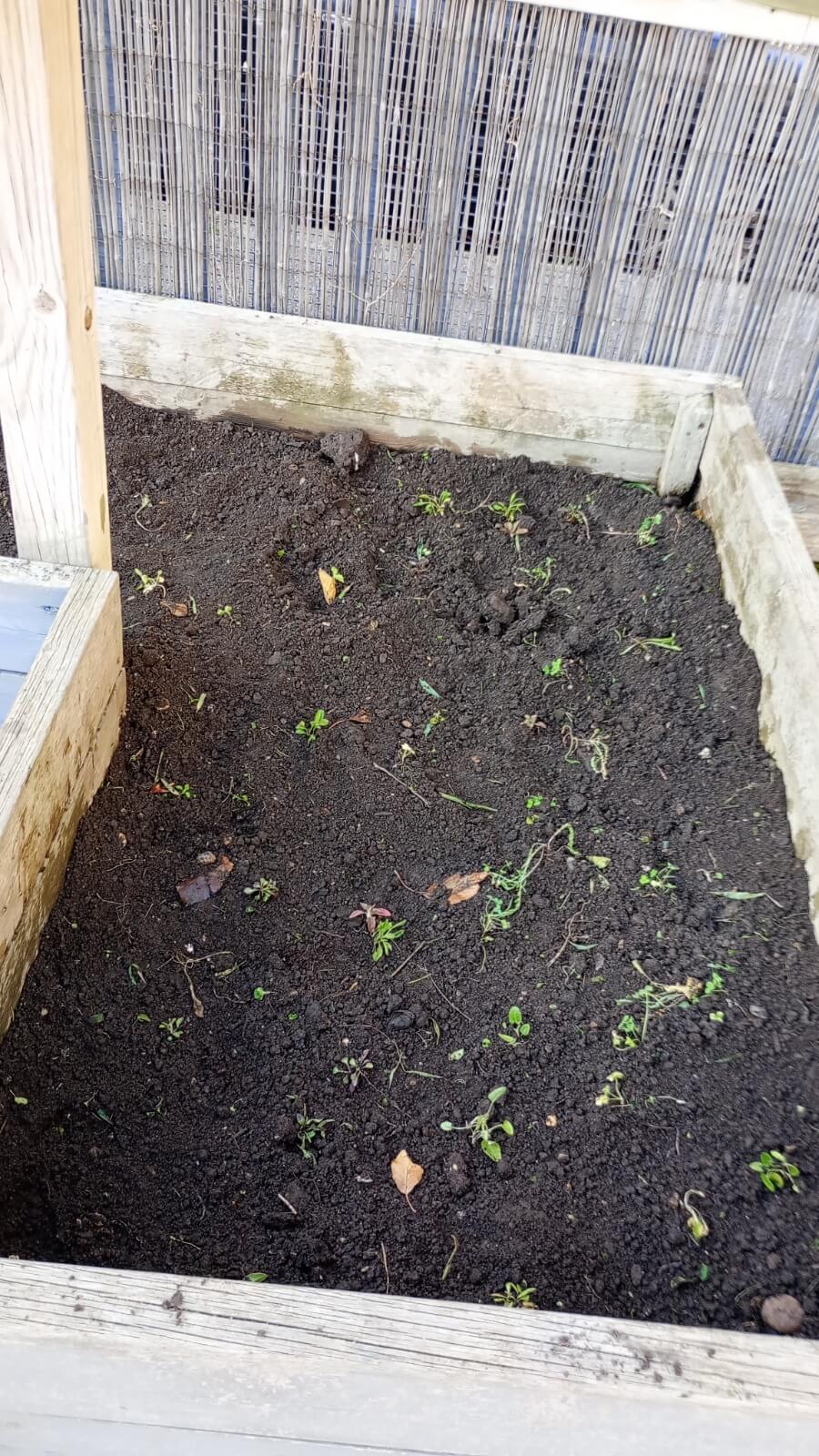
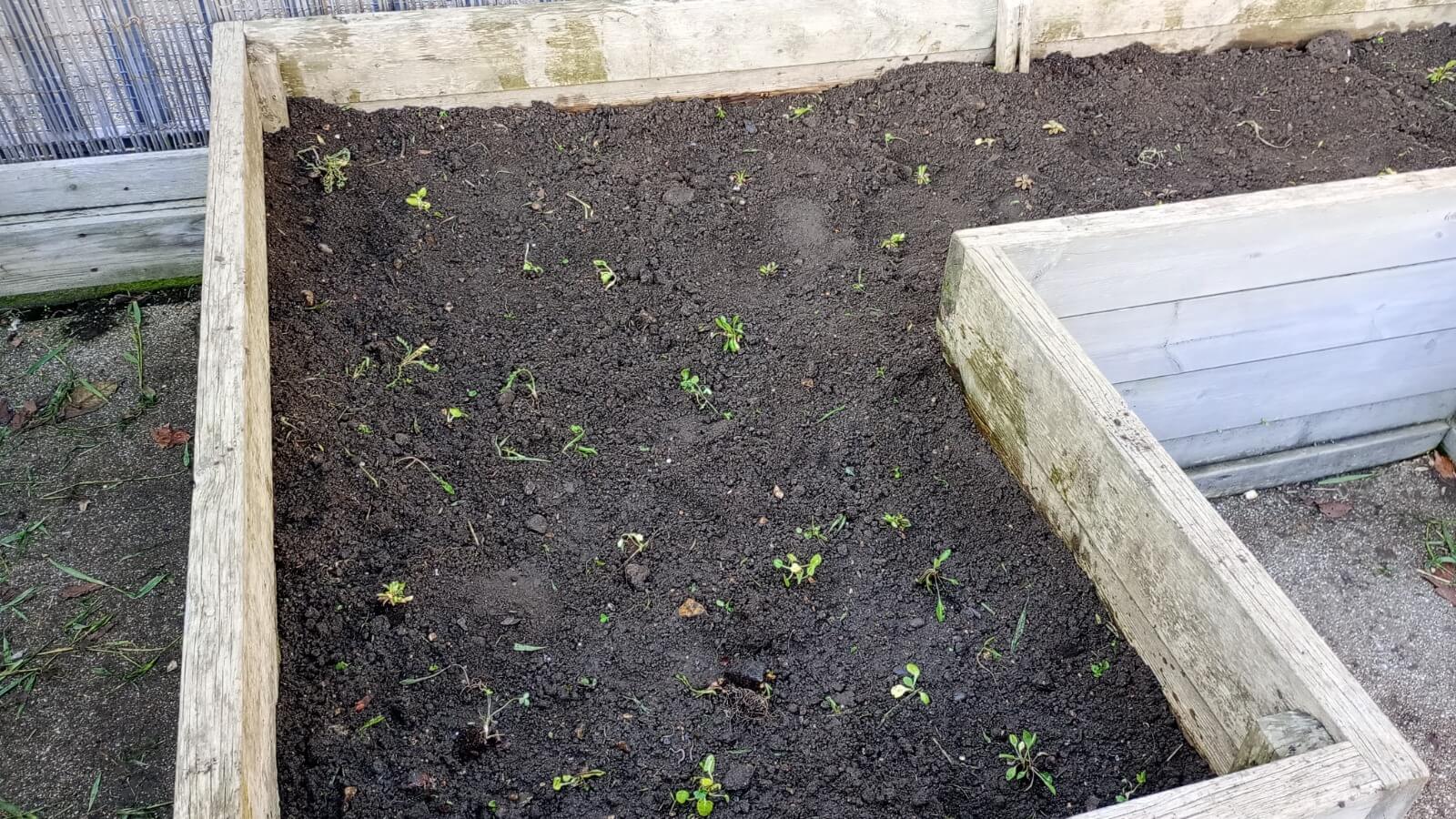
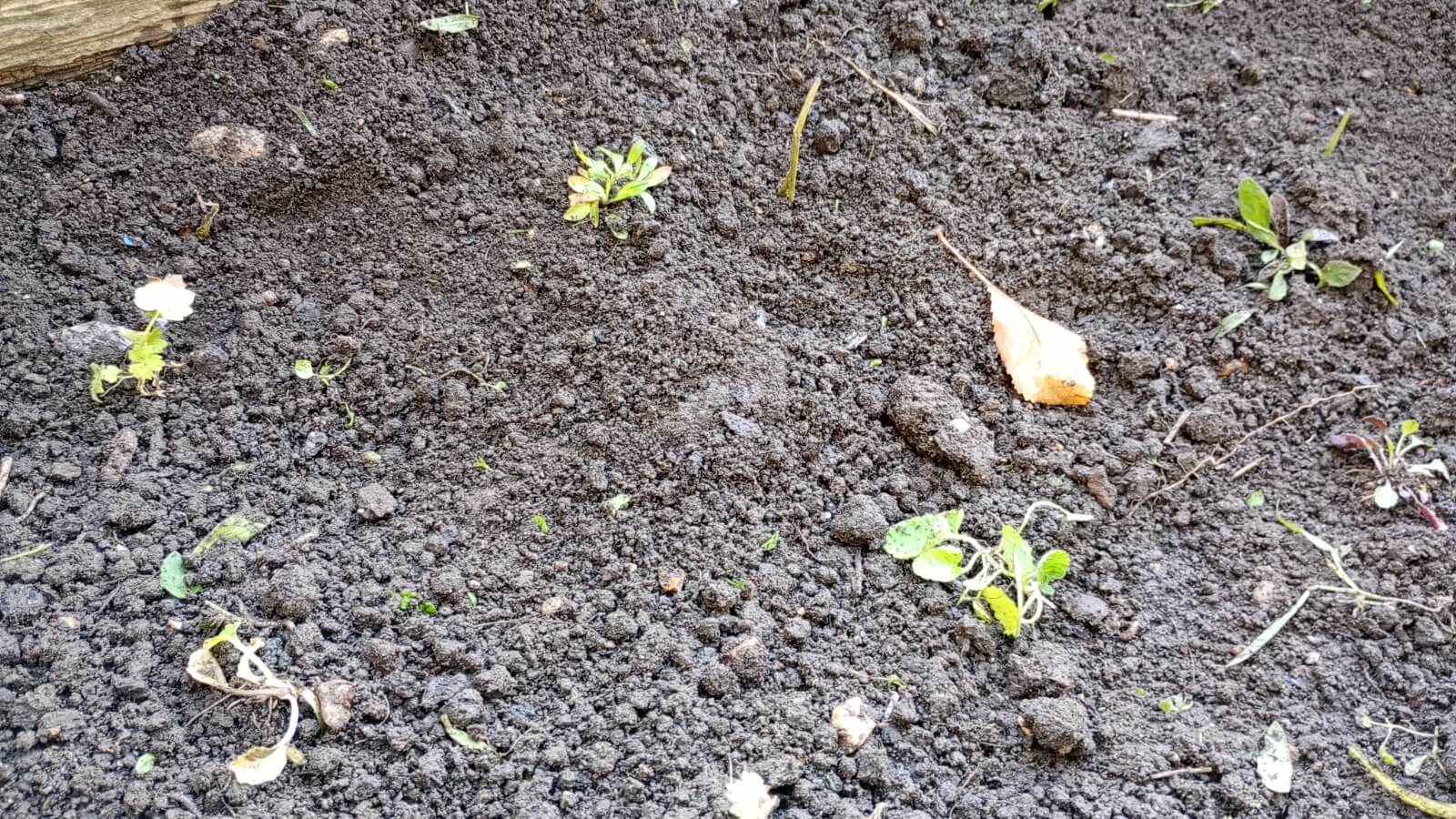
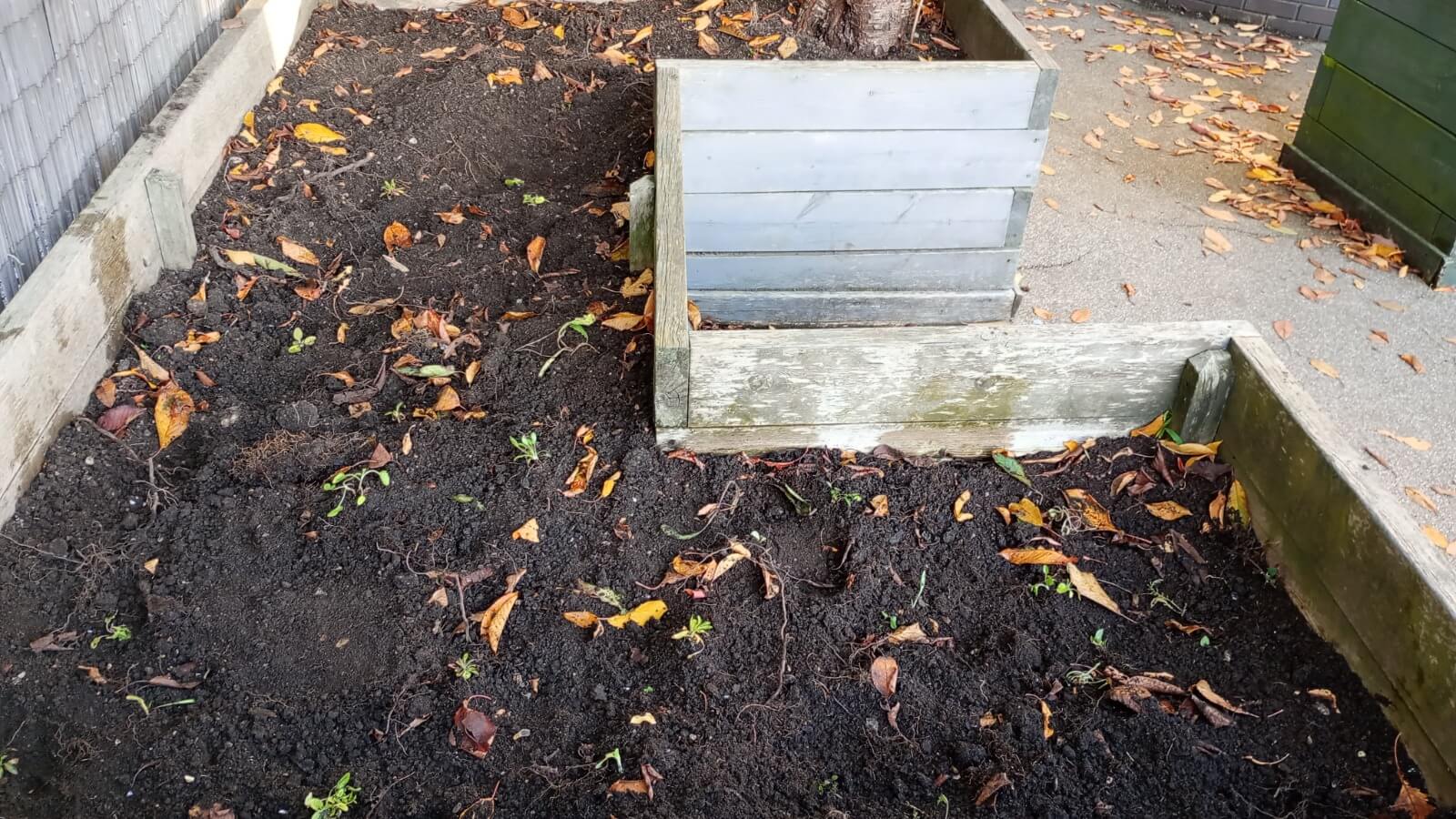
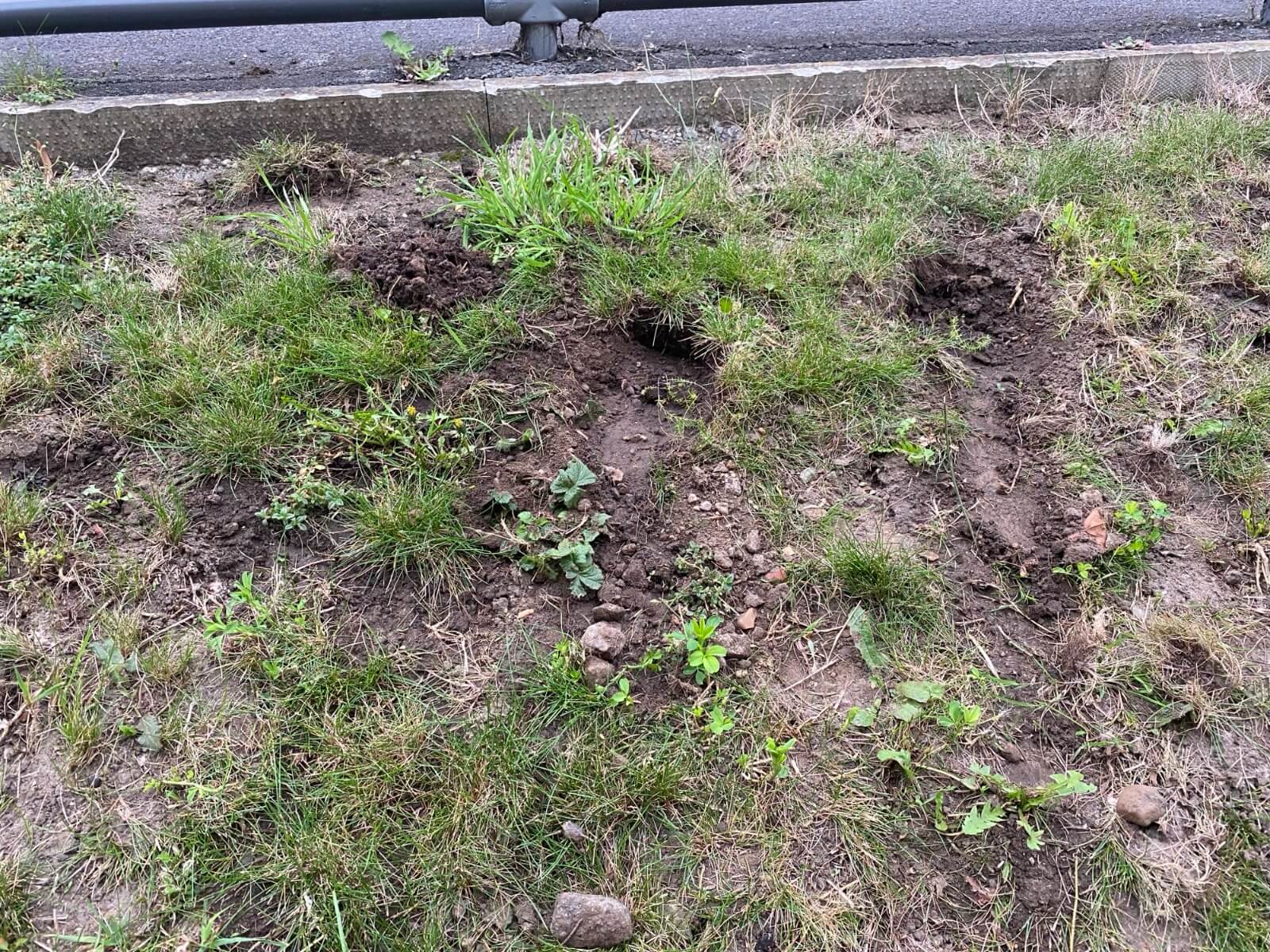
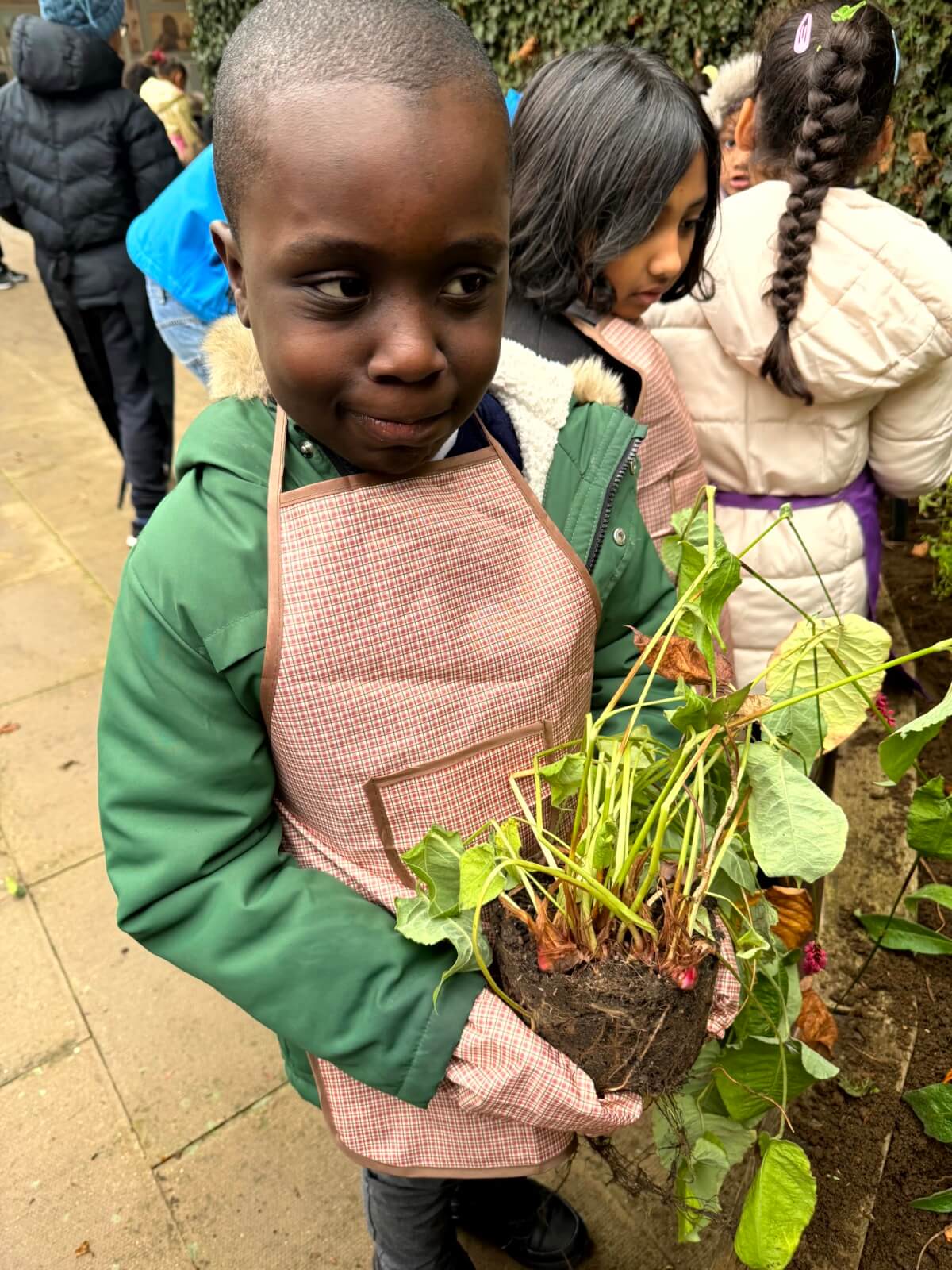
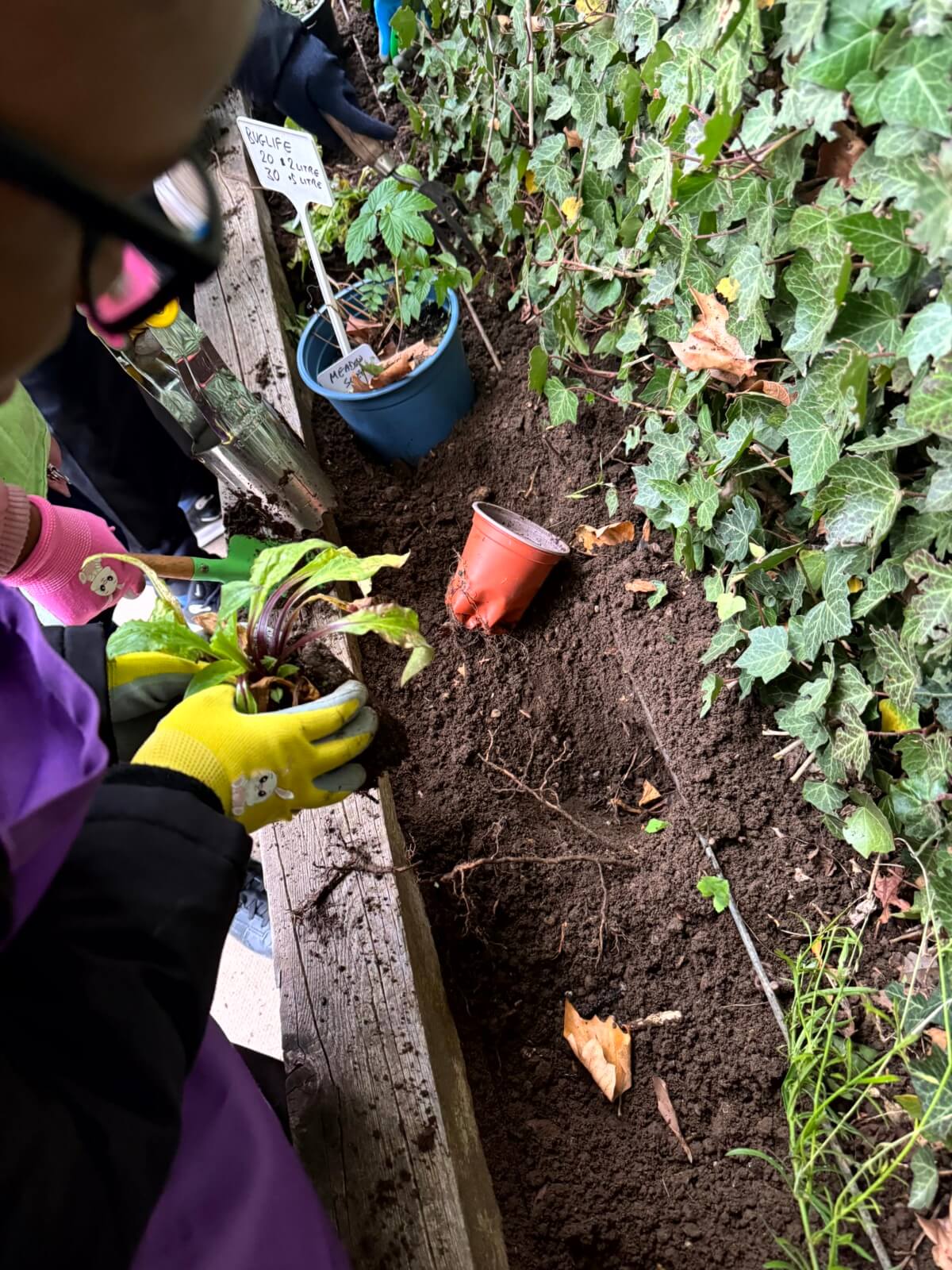
.jpg)
